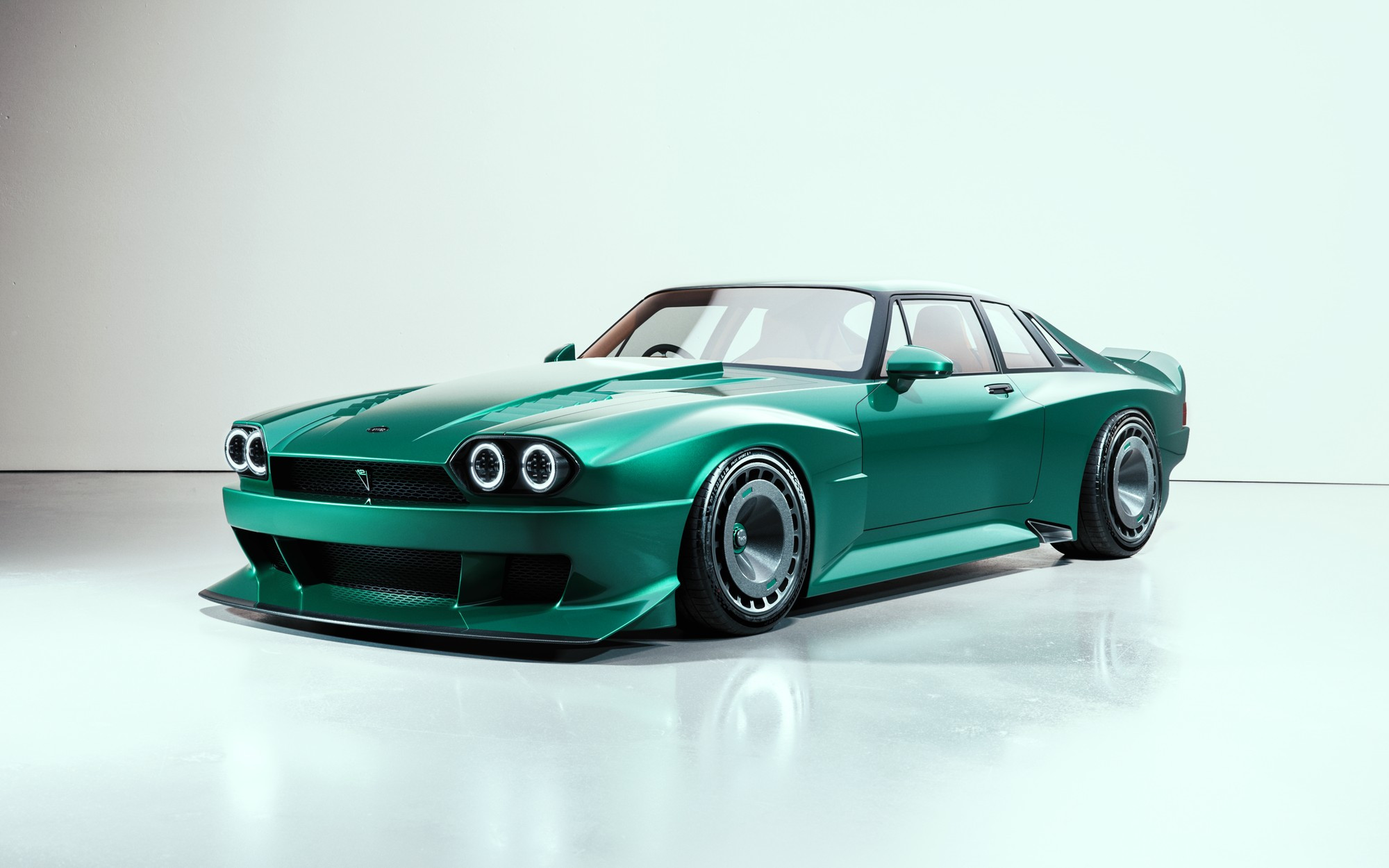
The TWR Supercat coupe will receive an upgraded V12 engine with a drive supercharger, its power will exceed 600 hp, rear-wheel drive and 6-wheel drive The stepped manual transmission will provide an analogue driving experience. Production of the TWR Supercat will begin this year.
The original TWR (not to be confused with TVR) was founded in 1975 by British racing driver Tom Walkinshaw, and specialized in the design and production of racing cars for various segments of motorsport. TWR reached the peak of its development in the 1980s, during the period of cooperation with Jaguar: the sports prototypes Jaguar XJR-9 and Jaguar XJR-12 developed by TWR won the legendary Le Mans 24-hour marathon in 1988 and 1990, respectively. TWR also contributed to the development of two outstanding road-going Jaguar supercars, the XJR-15 and XJ220. In the 1990s, TWR split with Jaguar and embarked on a costly venture with the Arrows Formula 1 team, was unsuccessful and folded in the early 2000s due to financial problems.

The modern British company TWR, headquartered in Newbury (Berkshire), was founded in 2020 by Fergus Walkinshaw, the son of Tom Walkinshaw from his first marriage, this company first publicly announced itself in October last year and promised to become a worthy heir to the glory of the original TWR company, although , in fact, nothing remains from the old company except the name; Fergus Walkinshaw and his business partner John Kane are building the entire business from scratch. The new TWR positions itself as an engineering company and manufacturer of exclusive sports cars; its staff includes people from McLaren, Ferrari, Porsche, Williams, the Mercedes-Benz and Renault formula teams.

The debut model of the revived TWR, as it turned out this week, will be an impressive Supercat restomod based on the Jaguar XJS coupe — this model is considered one of the style icons of the 1970s, its racing versions were developed by the former TWR company. The original image of the Jaguar XJS, invented by the British Malcolm Sayer, was completely redesigned by the young designer Kizil Salim in collaboration with fashion stylist Magnus Walker: the original proportions of the coupe are preserved, but the entire external tail is completely new, made of carbon fiber and blown in a wind tunnel.
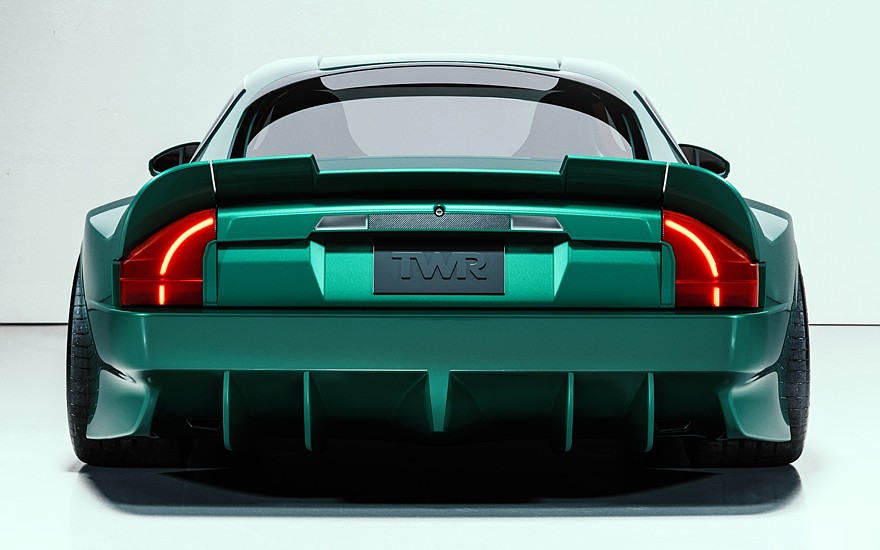
The V12 petrol engine of the TWR Supercat will be at least twice as powerful as the Jaguar XJS: thanks to with a compressor and modern components it will produce more than 600 hp. All power will be transmitted to the rear wheels by a 6-speed manual transmission — the TWR team, in connection with this project, deliberately abandoned unnecessary automation and electrification in order to preserve the analogue spirit of the original Jaguar XJS. The interior will be completely redesigned, but its design has not yet been revealed.
TWR plans to fully declassify the Supercat this coming summer and begin shipping finished cars to customers by the end of the year. The TWR Supercat will be limited to 88 examples to celebrate the Jaguar XJR-9's 1988 Le Mans victory. Price — 225,000 pounds sterling (25.9 million rubles translated at the current exchange rate) excluding taxes, for booking the company requires a deposit of 10,000 pounds sterling.


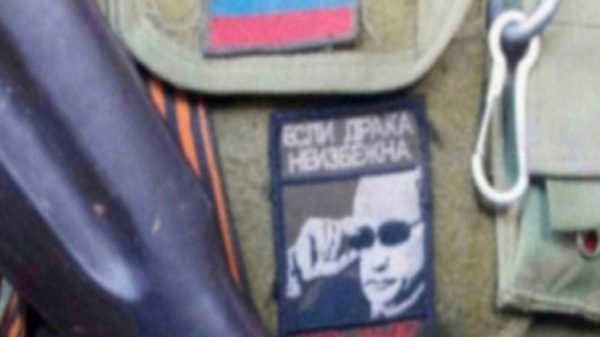

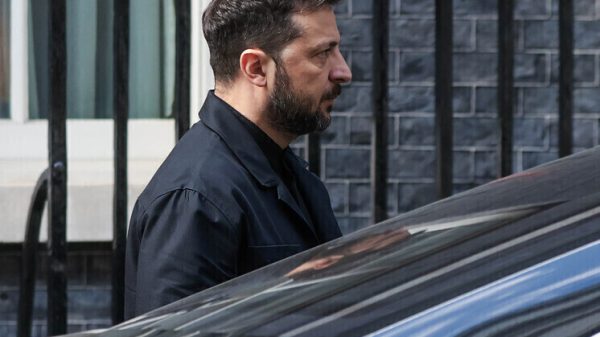


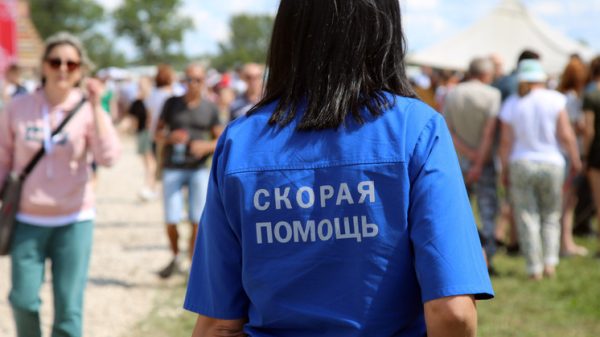







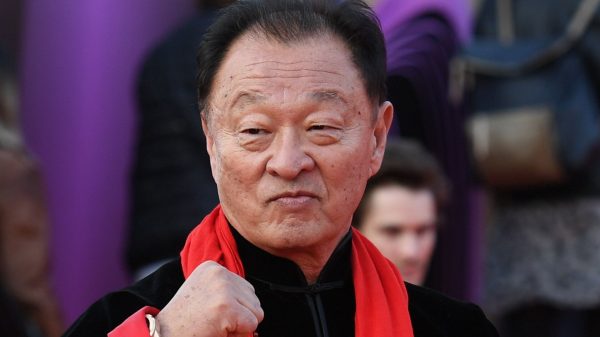

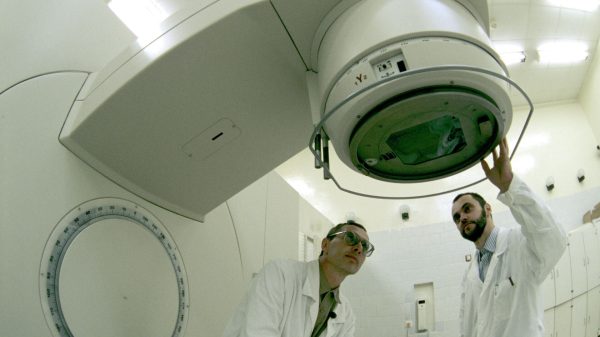

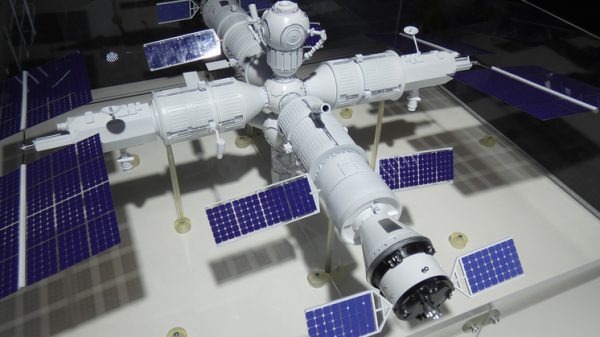
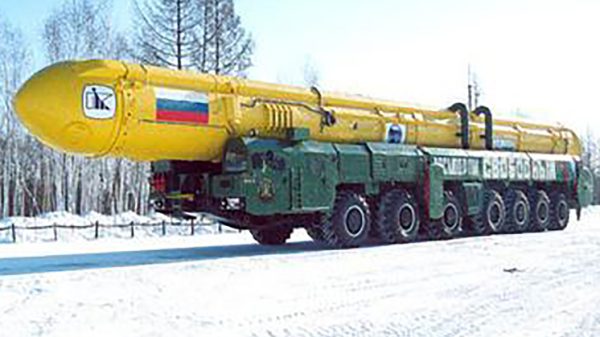





































Свежие комментарии